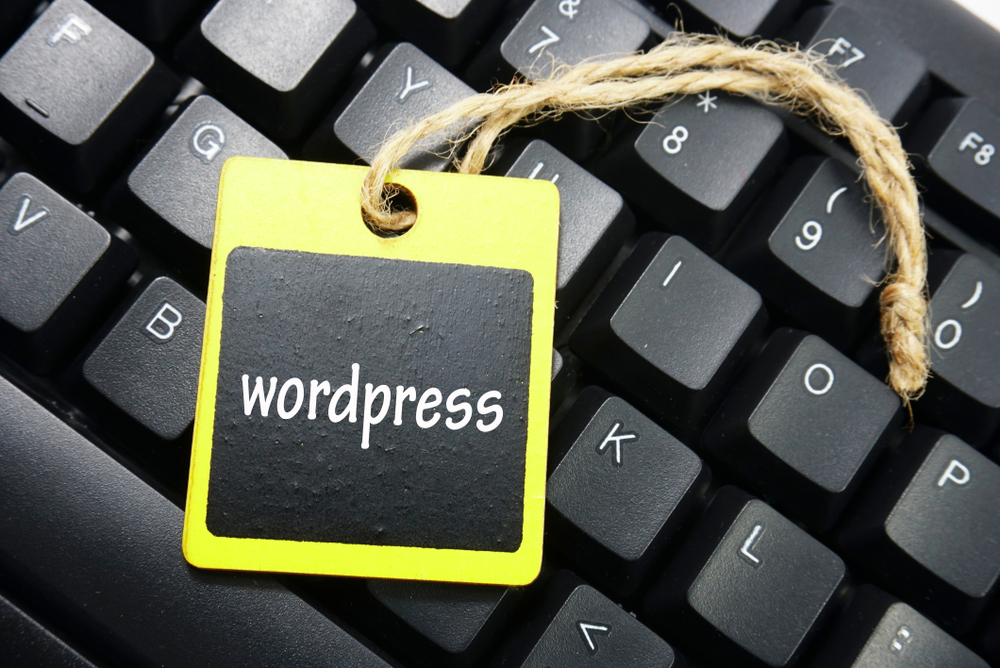
In today's digital age, blogging has become one of the most popular forms of communication. With the rise of social media and online content consumption, blog website have become an essential tool for individuals and businesses alike to share their thoughts, ideas, and expertise with a global audience.
But what exactly is a blog, and why is it so powerful? A blog is a regularly updated website or web page, typically run by an individual or small group, that is written blog site in an informal or conversational style. weblog site can cover a wide range of topics including personal stories, news commentary, product reviews, and more. The power of blogging lies in its ability to connect with readers on a personal level, build trust and authority, and drive traffic to your website or business.
Creating a Successful, Engaging Blog
So how can you create a successful and engaging blog for your audience? Here are some tips to help you get started:
1. Define Your Audience
Before you start writing weblog website your blog, it's important to define who your target audience is. Who are you writing for? What are their interests, needs, and pain points? By understanding your audience, you can tailor your content to better resonate with them and drive engagement.
2. Choose the Right Topic
When choosing a topic for your blog, consider what you are passionate about and what expertise you can bring to the table. Your blog should focus on a niche topic that you are knowledgeable about and that will attract your target audience. This will help you stand out from the competition and establish yourself as an authority in your field.
3. Create High-Quality Content
The key to a successful blog is creating high-quality, valuable content that resonates with your audience. Your content should blog be well-written, engaging, and informative. It should provide value to your readers and address their needs and interests. Remember to use images, videos, and other media to make your content more visually appealing and engaging.
4. Be Consistent
Consistency is key when it comes to blogging. It's important to regularly update your blog with fresh, new content to keep your audience engaged and coming back for more. Create a content calendar and schedule your posts in advance to ensure you stay on track and maintain a consistent posting schedule.
5. Engage with Your Audience
Engaging with your audience is crucial for building a loyal following and fostering a sense of community around your blog. Respond to comments, ask for feedback, and encourage discussion on your posts. This will help you build relationships with your readers and keep them coming back for more.
Frequently Asked Questions
1. How often should I update my blog?
It's important to update your blog regularly to keep your audience engaged. Aim to post new content at least once a week, but ideally 2-3 times a week to maintain a consistent posting schedule.
2. How long should my blog posts be?
There is no hard and fast rule for how long your blog posts should be, but aim for a minimum of 500 words to provide enough value and information to your readers. Longer posts of 1000-2000 words are also effective for in-depth topics.
3. How can I promote my blog and drive traffic to it?
There are several ways to promote your blog and drive traffic to it. Utilize social media platforms to share your blog posts, engage with influencers in your niche, optimize your posts for SEO, and collaborate with other bloggers to reach a wider audience.
4. Can I make money from blogging?
Yes, it is possible to make money from blogging through various monetization strategies such as affiliate marketing, sponsored content, display advertising, and selling products or services. However, it takes time and effort to build a successful blog that generates income.
5. How can I measure the success of my blog?
You can measure the success of your blog through various metrics such as website traffic, engagement (comments, shares, likes), email subscribers, and conversions (sales, leads). Use analytics tools such as Google Analytics to track your progress and make data-driven decisions for your blog.
Other useful resources